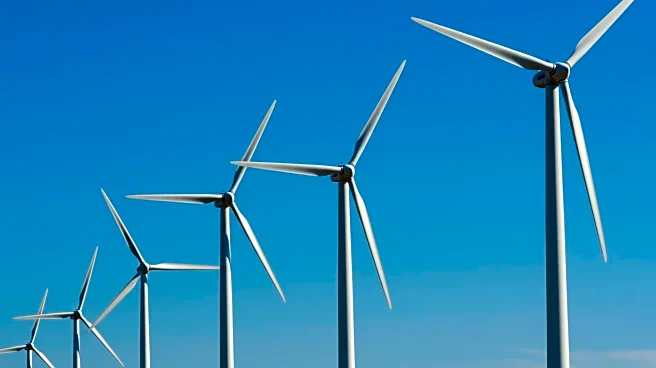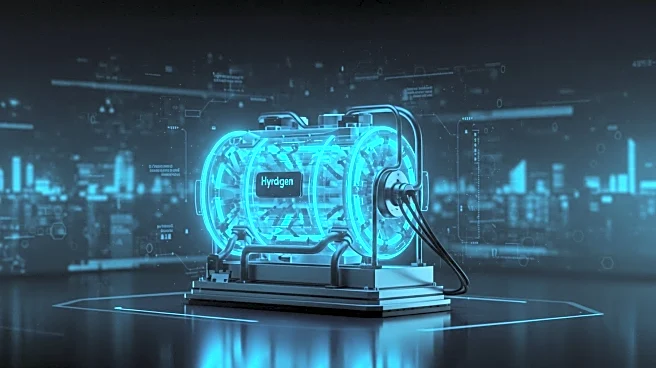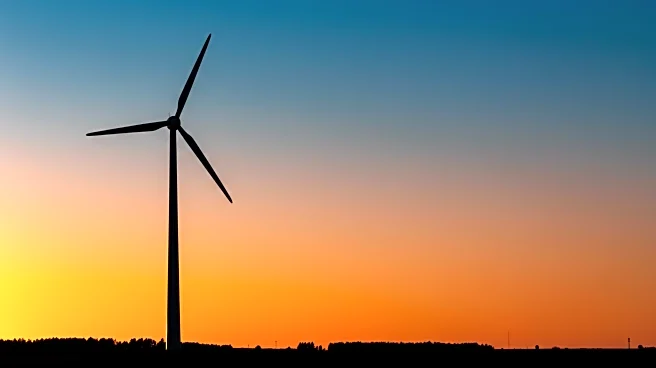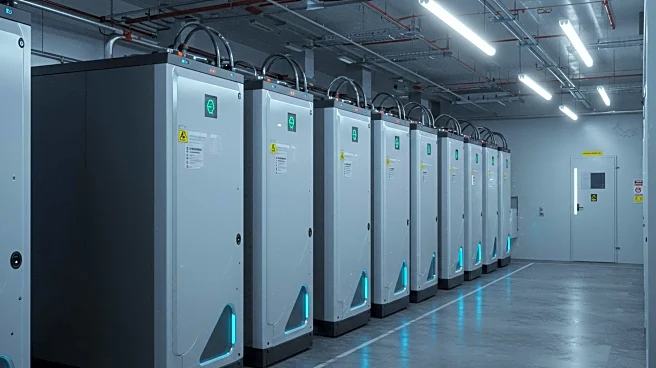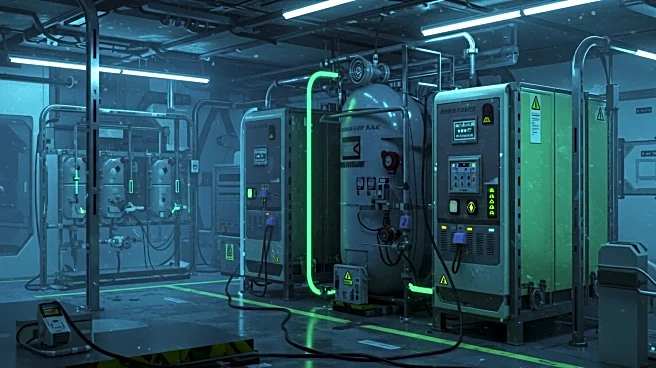Rapid Read • 6 min read
A recent white paper highlights the transformative potential of hybridizing offshore wind energy by integrating hybrid technologies such as energy storage systems (BESS). This approach aims to enhance the reliability, stability, and economic feasibility of offshore wind farms. By addressing the intermittency of wind power, hybridization results in a more consistent and predictable energy output. This development contributes to grid stability and resilience, tackling key challenges in the growing role of wind energy as a sustainable and secure energy supply.
AD
The hybridization of offshore wind energy represents a significant advancement in renewable energy technology. By integrating energy storage systems, the reliability and efficiency of wind power can be significantly improved, making it a more viable option for large-scale energy production. This development is crucial for meeting increasing energy demands while reducing reliance on fossil fuels. It also supports the transition to a more sustainable energy grid, which is essential for addressing climate change and reducing carbon emissions.
As the hybridization of offshore wind energy gains traction, further research and development are expected to optimize these technologies. Policymakers and industry leaders may focus on creating supportive regulatory frameworks and incentives to encourage investment in hybrid energy solutions. Additionally, collaboration between energy companies and technology providers will be essential to accelerate the deployment of these systems and maximize their impact on the energy grid.
AD
More Stories You Might Enjoy


